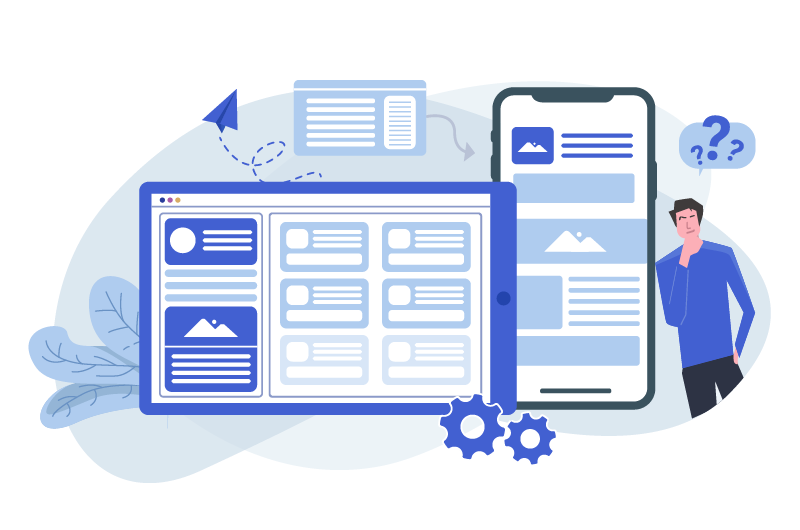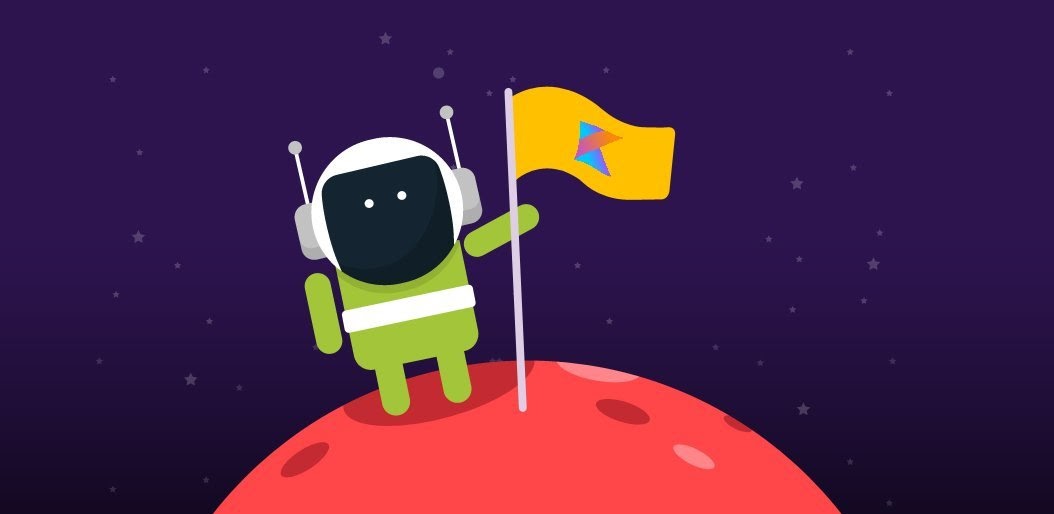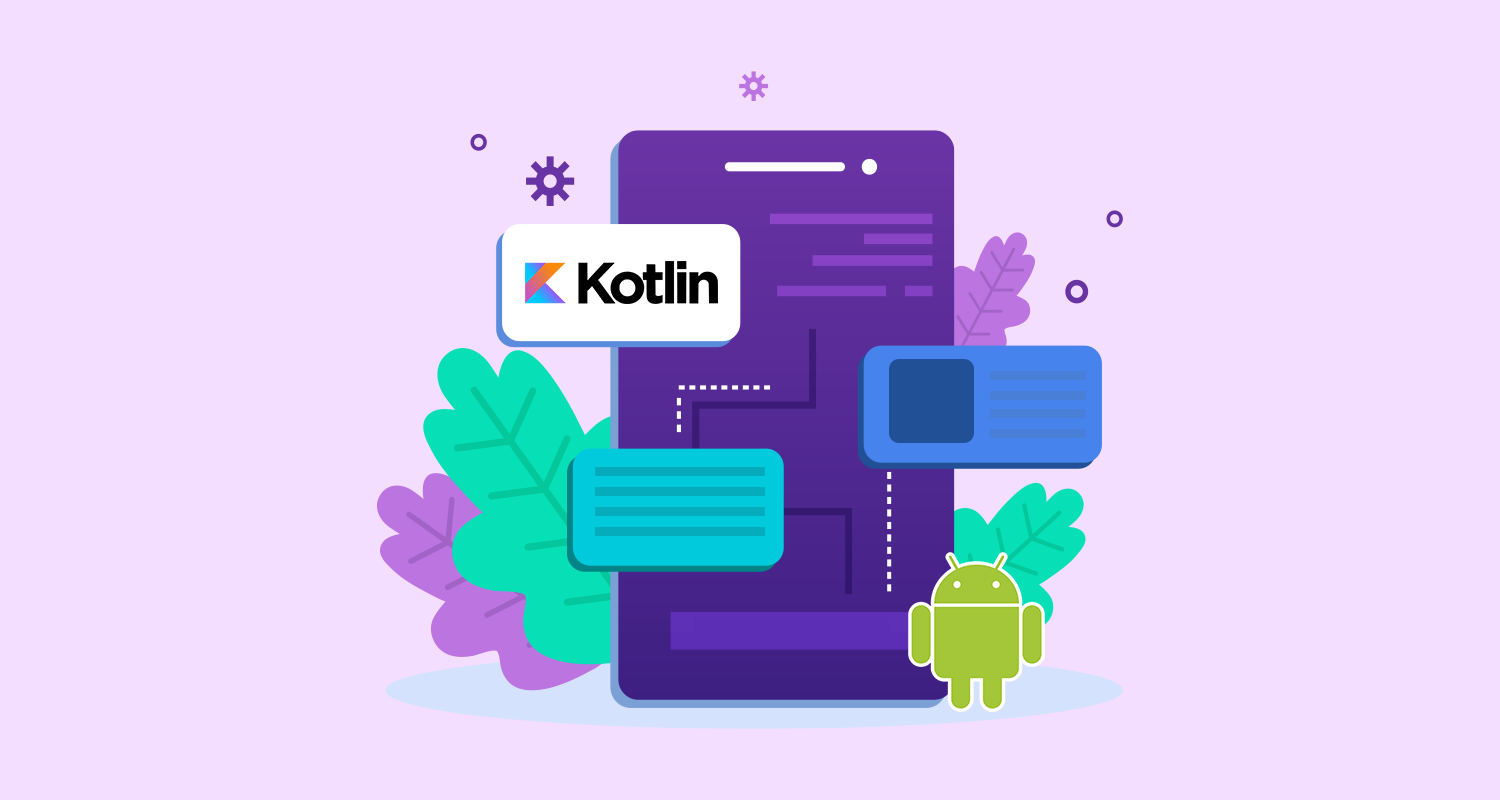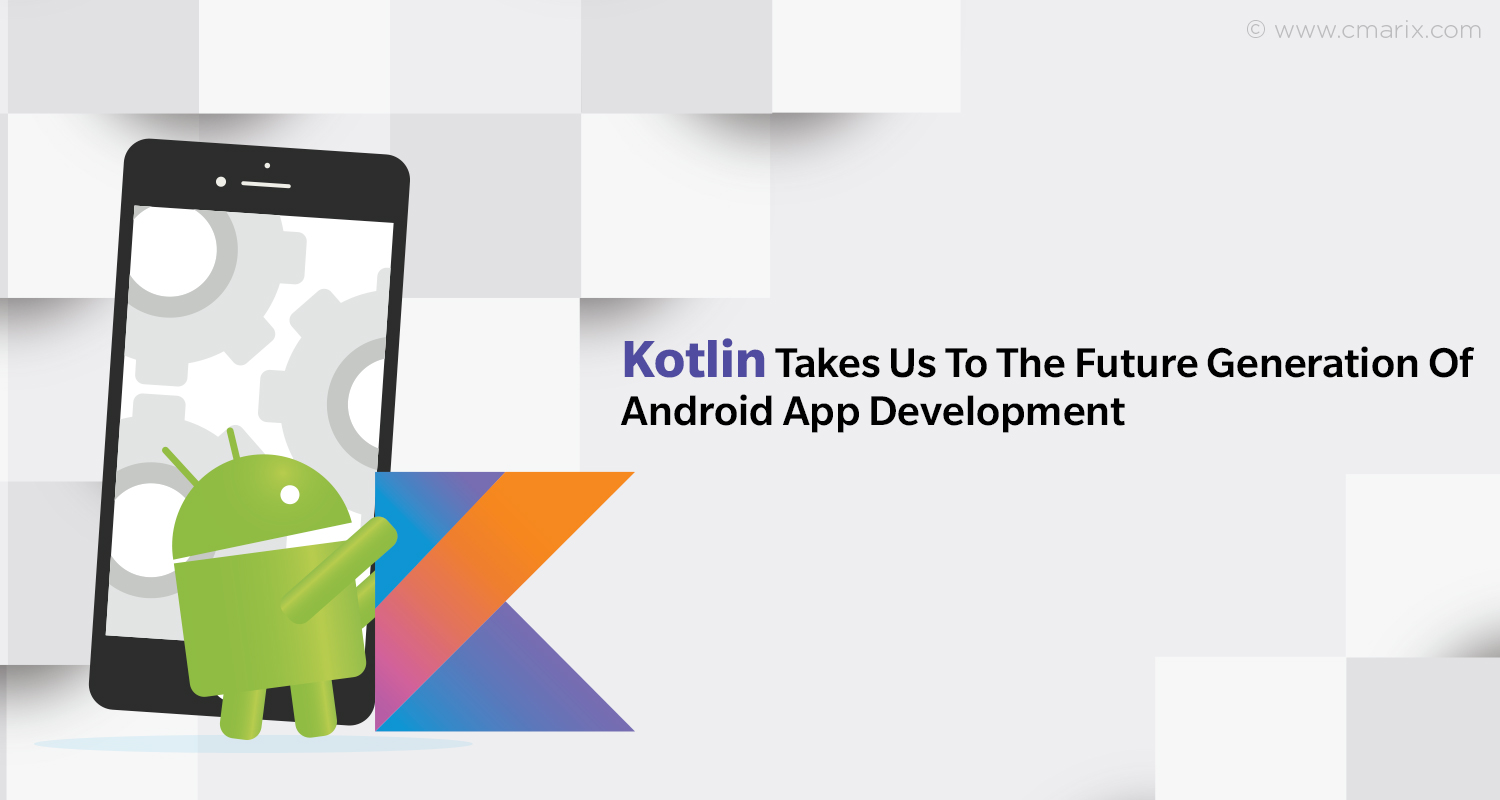Kotlin is a well-known alternative to Java that has been embraced by Android app developers worldwide. It offers several value additions and enhancements over and above the traditional Java development. Most experts consider Kotlin to hold the future of Android app development.
But what about Kotlin, the preferred language by dedicated Android app developers being used for iOS app development as well? Yes, that is no longer just an impossibility as we have now Kotlin Multiplatform, the latest avatar of Kotlin framework for cross-platform development.
Here throughout this blog post, we are going to explain the key value propositions and the revolutionary potential of Kotlin Multi-platform as the most advanced and future-ready technology to build cross-platform apps.
Hybrid-Native Polarisation To Native Cross-Platform Frameworks
Mobile app developers suffer from indecision when deciding about the right technology stack for their app projects. Until a few years ago, native Android and iOS development were more popular than hybrid development to run one app across multiple platforms. In the past few years, we have several high-performance Javascript frameworks that allow us to build cross-platform apps while maintaining a native user experience.
This is when the React Native framework was launched by Facebook. The framework literally brought a revolution by helping to build highly native apps that can run across both iOS and Android platforms. After the emergence of React Native, the popularity of other hybrid development frameworks like Ionic and Xamarin continued to wane.
Then came the Flutter framework from Google creating another technology to build hybrid apps with highly native performance and user experience. But in spite of this new breed of cross-platform development frameworks, the native app development still has its pride of place simply because of the more integrated platform-specific user experience. This is where Kotlin Multiplatform can deliver a breakthrough approach to development.
What Exactly Is Kotlin Multiplatform?
Kotlin as we all know is the most mature programming language with a bounty of advanced capabilities that even makes Java outdated as an option for Android app projects. Kotlin Multiplatform by taking the lead from here is the framework to run Kotlin code across all platforms including iOS, Android, Windows, Mac, Linux, Web, and all other embedded device platforms.
The key value proposition of Kotlin Multiplatform is building cross-platform apps with exactly the same user experience as the Kotlin based native apps. This is obviously a big promise as this can finally drop all the differences between native and cross-platform development.
Kotlin Multiplatform Advantages Over Other Frameworks
Though React Native is a mature framework enriched with a large library of ready to use components, for delivering a fully native user experience it needs to ensure complete code compatibility across all platforms. In that sense, React Native still delivers truly native app development advantages and output with the help of React Native App Development Company.
The React Native developers need to branch out the core codebase to accommodate platform-specific user interface APIs for iOS and Android. Since React Native also needs to bridge code between the native OS platforms and JavaScript this further creates performance issues. On top of that, the animations in React Native apps are not as satisfactory as the native apps with great performance shortfall.
On the other hand, Flutter though solves many of these issues common to React Native, it also doesn’t guarantee a full native user experience. As for positive aspects, the rendering engine of Flutter helps with easier development and running of apps, the hot reloading feature helps with easier debugging and code evaluation for both Android and iOS. Lastly, by offering native components Flutter doesn’t need to bridge with native APIs.
On the downsides, Flutter uses a less known programming language called Dart. It also offers less support for wearable and emerging smart TV platforms such as watchOS and tvOS. Now compared to Kotlin, the Dart language has a very limited backing of developers. Dart has several limitations such as the absence of access modifiers, data classes, and type safety features.
Kotlin Multiplatform framework allows you to run compiled code straight into native platforms. On top of that, the code can be run without using a virtual machine. Any app project can share business logic across multiple platforms. This is a huge upgrade from the erstwhile cross-platform development approaches.
The capability to share the same business logic across platforms will help reduce the development time and cost to a great extent. Though as of now Kotlin Multiplatform doesn’t support sharing UI logic across platforms and for writing UI code for iOS developers have no option but to use Apple’s frameworks such as SwiftUI/UIKit.
Read more: Kotlin, The Most Credible Alternative to Java for Android Mobile App Development
Kotlin Multiplatform To Address Many Pain Points For Android Developers
Because of the age-old battle of Google with its rival Oracle, Google is concerned about the future of Android. On the other hand, Java is maintained by Oracle. There are many licensed Java APIs that are widely used in Android projects. There are also several JVM-powered devices within the Android ecosystem. All these together expose Google to a multitude of risks while carrying out business with Oracle.
Probably, this has been the key impetus behind the development of Flutter as a cross-platform framework built upon Dart programming language. Just because Dart doesn’t need to depend on JVM and because it allows direct compiling into native OS code, the framework keeps Google at a safe distance from Oracle.
On the other hand, Flutter offers full support to the ambitious Fuchsia operating system that is likely to be the next in line after Android. For some time, all these aspects also made an impression that Google is downplaying Kotlin while backing Flutter with full force. This only enhanced insecurity among the developers over the future of Kotlin for Android development.
Kotlin Multiplatform having the backing of JetBrains creates a bright scenario for the Android developers as well as the future prospects of Google projects. Kotlin has the exceptional capability to support multiple runtime features in a project and thus shows that as far as agility is considered, Kotlin still stays at the very centre of Google’s future plans. Kotlin also offers robust native support for diverse platform-specific architectures and this forever gave Kotlin an edge over Flutter for native app projects.
Conclusion
So, Kotlin Multiplatform apart from holding all the key promises and possibilities similar to Kotlin also emerged as a better and more well-equipped solution for cross-platform app development projects. The Kotlin Multiplatform challenged all other cross-platform frameworks including Flutter.












